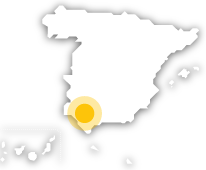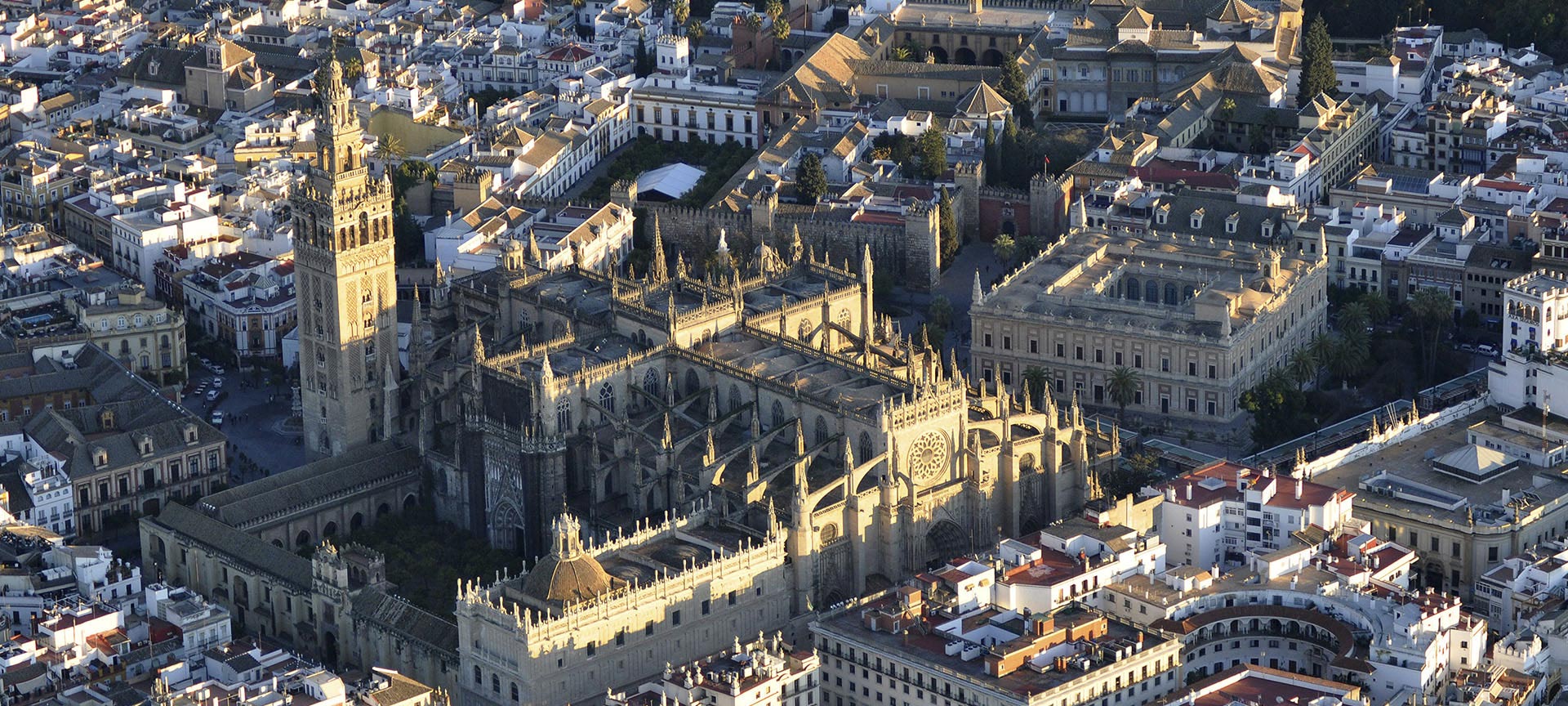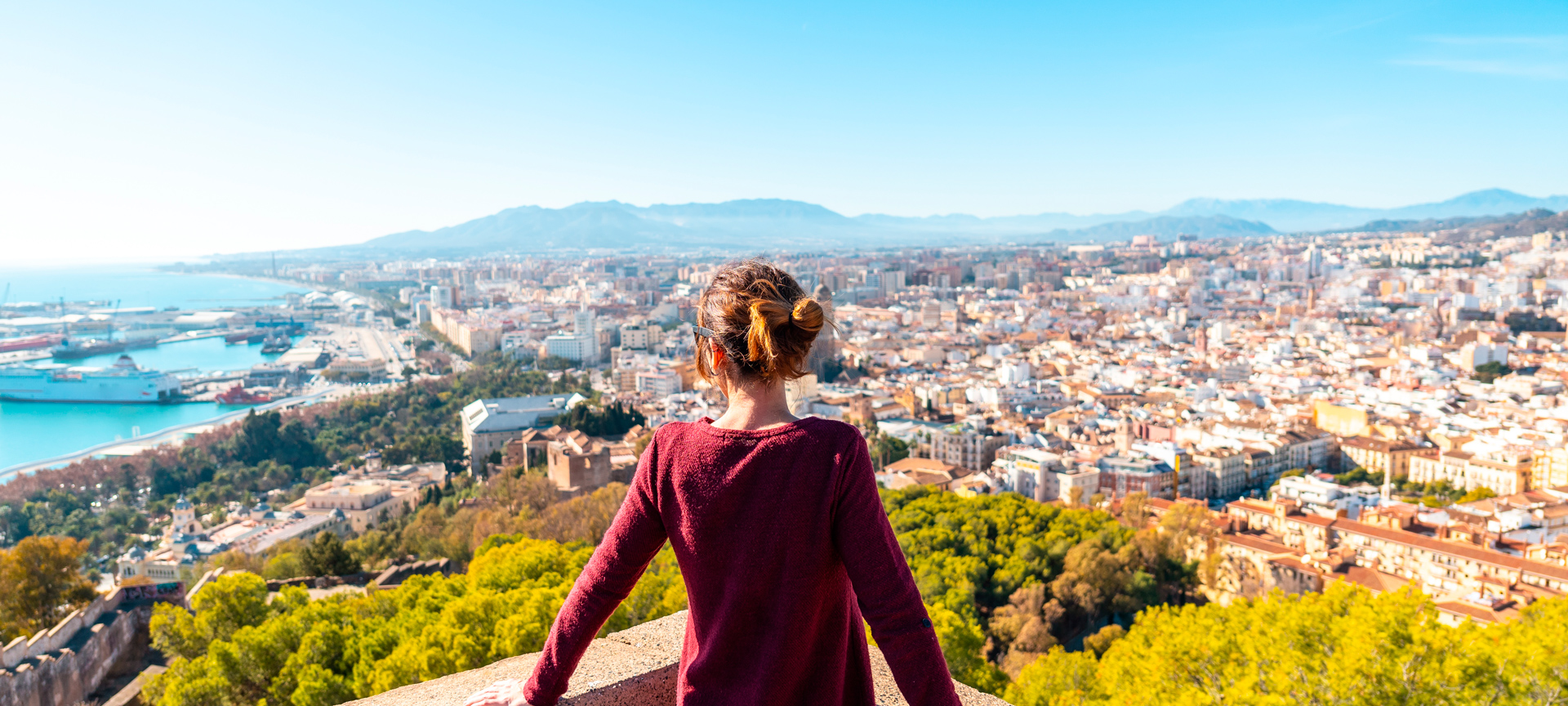
This celebration is particularly noteworthy for the carvings of virgins under a canopy: baroque images with silver or gold crowns, embroidered mantles and velvet tunics that only reveal the face and hands.
Holy Week in Seville has been celebrated since the 16th century and is famous around the world. It is one of the most colourful and emotional festivals out there. Religious devotion, art, music, and local tradition combine in rituals commemorating the death of Christ: the processions. Members of the various lay brotherhoods, each with their distinctive robes, march through the streets carrying the processional sculptures called pasos on their shoulders, accompanied by drums and music, creating striking scenes.71 brotherhoods and religious guilds of penitence take to the streets on these days, with around 50,000 Nazarenes, while the costaleros carry the pasos on their backs. Every day, there are processions in the afternoon and at night. Each brotherhood leaves its church and travels its own set route, although all must go through the so-called “official route”, which begins on Campana Street and ends with the brotherhood leaving through the Cathedral. After leaving the Cathedral, the procession returns to its own church by a different route than when it came. During the processions, it is very moving to hear the saetas: The flamenco songs that people sing a cappella from the balconies in honor of the images.
Debe activar Javascript para poder utilizar este servicio
Easter Week in Seville
Sevilla, Seville (Andalusia)
Activa JS
Travel plans for inspiring you




